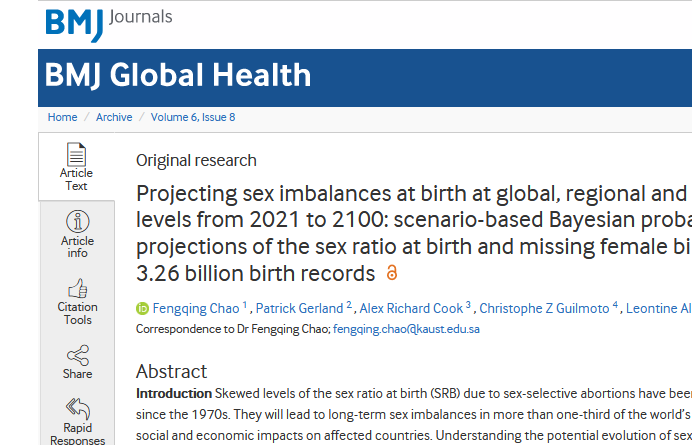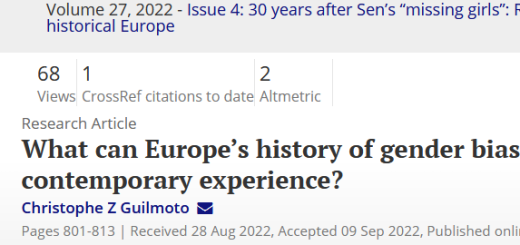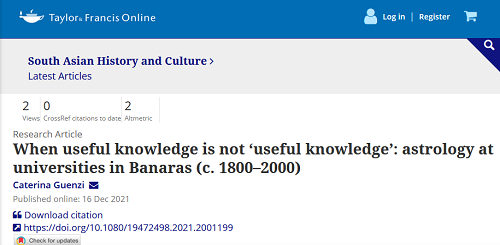Chao F., Gerland P., Cook A.R., Guilmoto C., Alkema L., (2021), “Projecting sex imbalances at birth at global, regional and national levels from 2021 to 2100” BMJ Journals , (2 August 2021)

Christophe Z. Guilmoto, a member of the territorial dynamics research area at CSH, co-wrote an article “Projecting sex imbalances at birth at global, regional and national levels from 2021 to 2100: scenario-based Bayesian probabilistic projections of the sex ratio at birth and missing female births based on 3.26 billion birth records” with Fengqing Chao (King Abdullah University of Science and Technology), Patrick Gerland (Population Division, UN, New York, USA), Alex Richard Cook (Saw swee Hock School of Public Health, National University of Singapore), Leontine Alkema (School of Public Health and Health Science, University of Massachusetts) . The article has been published in BMJ Journal on 2nd August 2021.
The article is available at: https://gh.bmj.com/content/6/8/e005516
Abstract: Skewed levels of the sex ratio at birth (SRB) due to sex-selective abortions have been observed in several countries since the 1970s. They will lead to long-term sex imbalances in more than one-third of the world’s population with yet unknown social and economic impacts on affected countries. Understanding the potential evolution of sex imbalances at birth is therefore essential for anticipating and planning for changing sex structures across the world. We produced probabilistic SRB projections from 2021 to 2100 based on different scenarios of sex ratio transition and assessed their implications in terms of missing female births at global, regional and national levels. Based on a comprehensive SRB database with 3.26 billion birth records, we project the skewed SRB and missing female births with a Bayesian hierarchical time series mixture model. The SRB projections under reference scenario S1 assumed SRB transitions only for countries with strong statistical evidence of SRB inflation, and the more extreme scenario S2 assumed a sex ratio transition for countries at risk of SRB inflation but with no or limited evidence of ongoing inflation.









